HE lies frozen inside a thermal sleeping bag immersed in liquid nitrogen in an aluminium pod he shares with three other preserved humans within a giant vacuum flask known as a dewar.
James Bedford’s dewar is stacked vertically along with 145 other frozen people in the Alcor Life Extensions Foundation in Scottsdale, Arizona, a luxury suburb of Phoenix on the edge of the Sonoran Desert.
Outside the squat concrete Alcor building, the temperatures can rise to more than 40 degrees for eight months of the year.
Inside, Bedford and the other humans, with enough ongoing financial support to remain frozen indefinitely, are kept at 200 degrees below zero.
Bedford was a twice married World War 1 veteran and psychology professor who toured Africa and the Amazon in the mid-20th century.
This week, had technology been advanced enough to reanimate him, he would have celebrated 50 years in the deep freeze.
Bedford is the oldest “de-animated”, or cryogenically frozen human being on earth.
Since his original placement in the dewar, hundreds of people have opted to join him in the hope of a second life in the future.

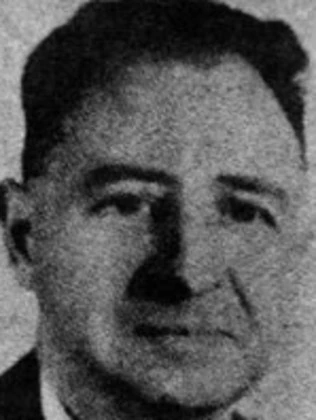
Some are just heads or brains. Others like Bedford are complete bodies.
In the last half century, the science of cryogenics, or freezing humans to preserve them for reanimation, has had some spectacular failures when people inadequately frozen have simply started to decompose.
And then there are the bodies which have been hauled around in trucks packed in dry ice as relatives argue over whether to freeze them for the future, or bury them now.
But in the only three cryogenic facilities in the world — Alcor, the Cryonics Institute in Michigan and Russia’s KrioRus — the frozen bodies of the hopeful are stacking up and the technology has vastly improved.
And just last year, a young American scientist gave hope to the future of the science.
Massachusetts Institute of Technology graduate Robert McIntyre for the first time successfully froze and then revived a mammalian brain, that of a New Zealand white rabbit.
When thawed, the rabbit’s brain was found to have all of its synapses, cell membranes, and intracellular structures intact.
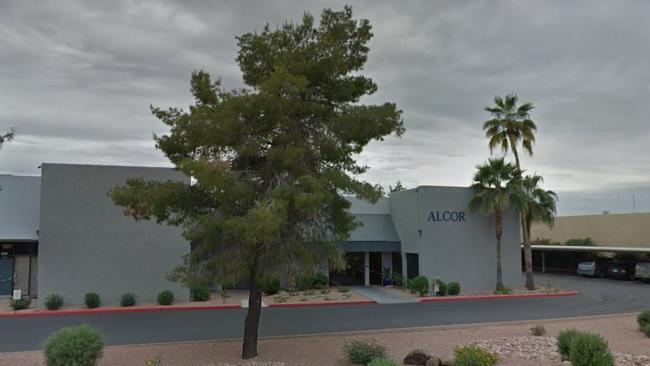
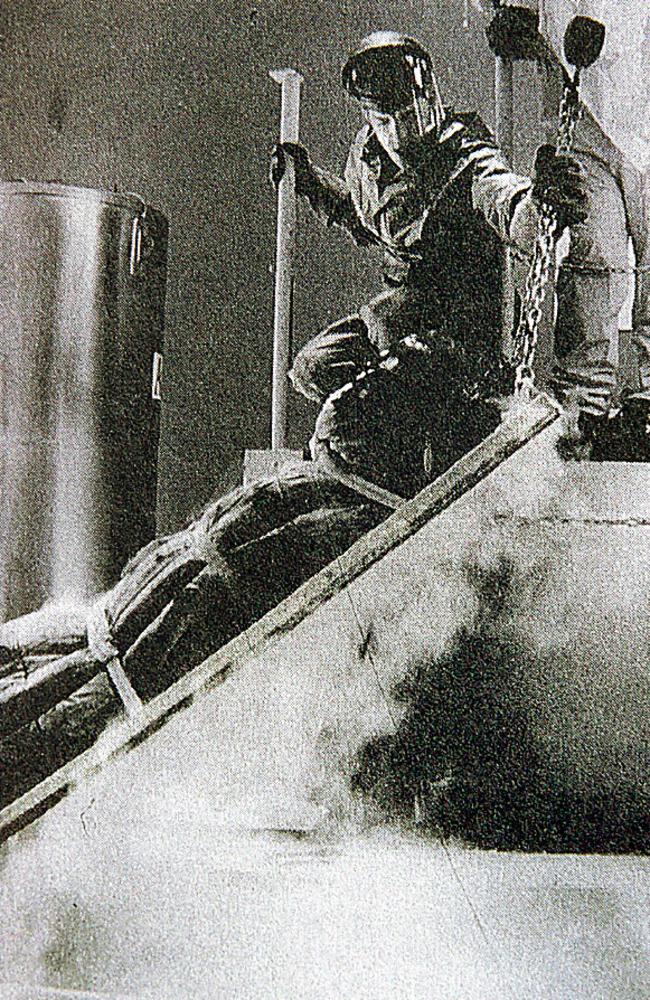
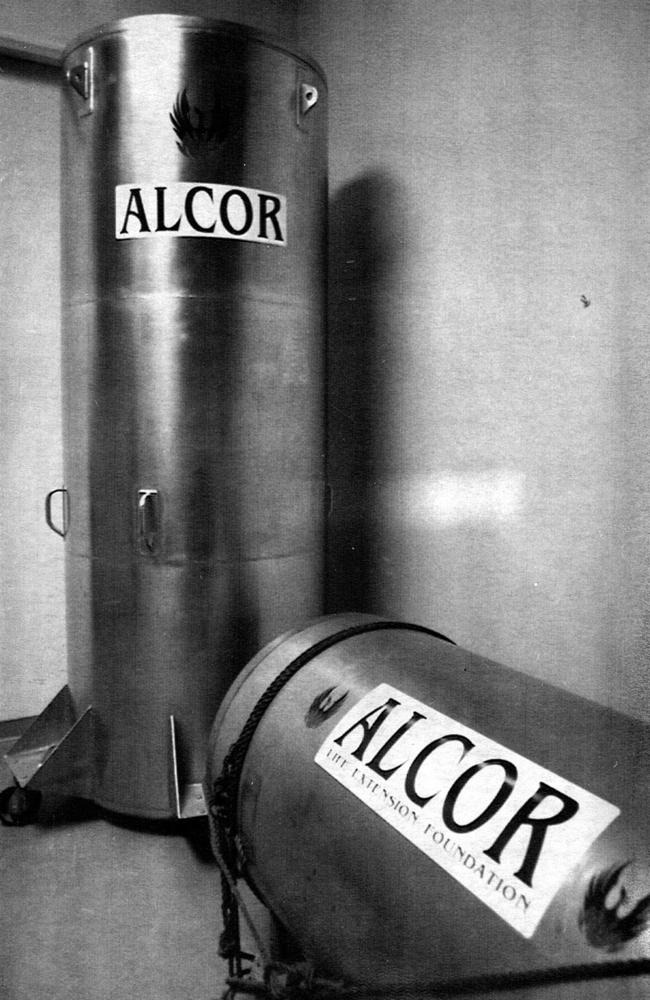
The leap to reanimating one of the frozen humans in the three cryogenic facilities may be some time away, but the state of Bedford’s body when he was examined 24 years after his initial preservation was promising.
Bedford was dying from kidney cancer at the age of 73 in 1966 when he made plans to become the first successfully frozen corpse of cryonics pioneer Bob Nelson.
Nelson, a television repairman and president of the Cryonics Society of California, had been inspired by Siberian salamanders which freeze in permafrost for years and walk off when the ice melts.
Bedford provided $US4200 for a steel capsule and enough liquid nitrogen to keep his body frozen at 200 below.
After his death on January 12, 1967, Nelson packed Bedford’s body on ice in a wooden box and loaded it into his Ford utility for temporary storage at a doctor’s house.
When, after a time, the doctor’s wife threatened to call the police, Bedford’s body was placed by his widow Ruby and son Norman with a company as they fought off legal challenges to his preservation.
Norman later transferred his father to Cryo-Care Equipment Corporation, run by wigmaker and real estate investor Ed Hope, in Arizona, where he was submerged in the cryocapsule tank or dewar.

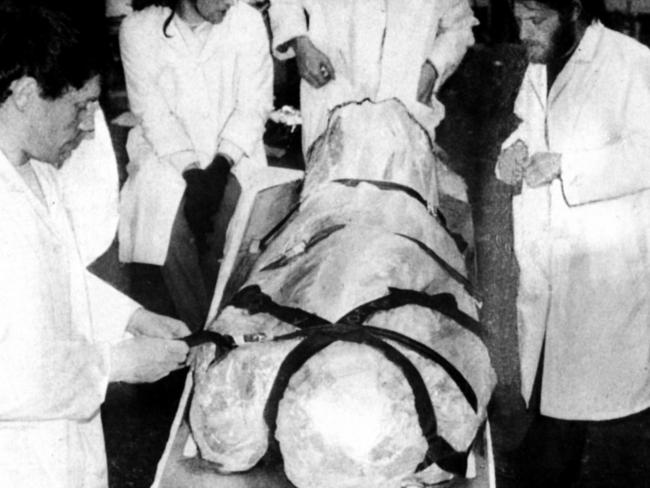
Bedford’s body was moved another three times and twice hauled about by Norman in a hired trailer, before ending up at Alcor.
In 1991, Alcor decided to rehouse Bedford and check on his condition.
Cutting through the welded metal dewar, the Alcor technicians found Bedford in a pale blue sleeping bag tied to a rack with a nylon rope.
They transferred him to a liquid nitrogen bath surrounded by polystyrene foam where they kept him while he was examined.
Bedford was then wrapped in a new sleeping bag, immersed in liquid nitrogen, placed in an aluminium pod and into his new, larger dewar.
The examination of Bedford revealed “a well-developed, well nourished male who appears younger than his 73 years” with some skin discolouration on his upper chest and neck, which had two large puncture marks.
Bedford’s nose and mouth had smears of blood. His eyes were partially open and “the corneas are chalk-white from ice”.
Unmelted water ice obscured his genitals, but his lower legs could be seen, crossed with the right foot over the left.
Some surface fracturing of the skin was found, but overall given the length of his preservation Bedford’s condition was deemed good.

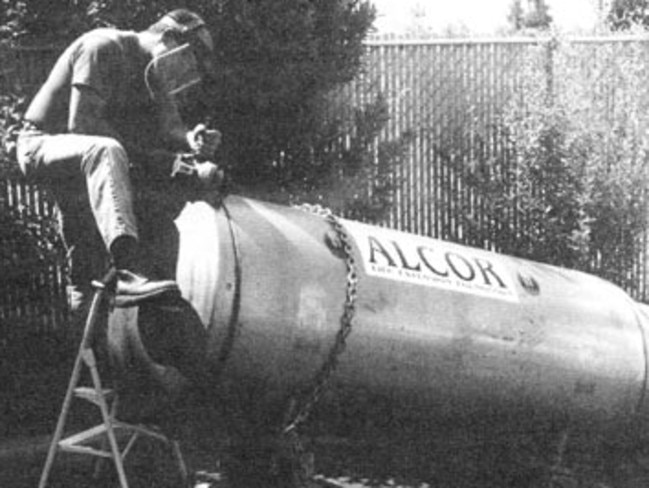
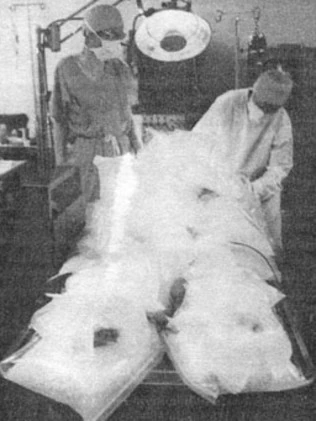
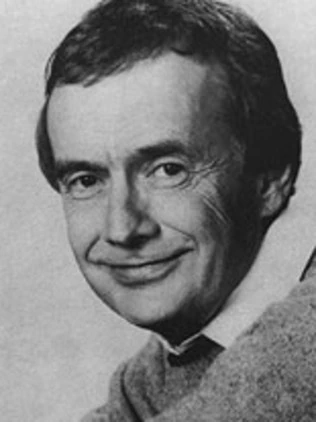
TV repairman Bob Nelson had more limited success with the other corpses he froze after Bedford.
He had frozen another nine by the 1970s, but struggled with the costs, and built a vault at a cemetery outside Los Angeles capable of storing several liquid nitrogen tanks.
With relatives failing to pay for the storage, Nelson placed up to four bodies in each tank.
When the parents of a young girl cryogenically suspended in 1976 demanded to inspect their daughter in 1979, they were outraged to find she was decomposing.
The decomposition had occurred after a vacuum pump in the cemetery vault failed, allowing the nine bodies Nelson was preserving to thaw.
Among others who are cryogenically frozen in America, legendary Red Sox baseball player Ted Williams was immersed at Alcor in 2002 after dying at the age of 83.

According to Alcor’s website, “the greatest crisis in the history” of the company occurred after the death of Dora Kent, the mother of one of its board members.
It happened when the 83-year-old retired dressmaker came down with pneumonia in December 1987, and death seemed imminent.
As Acor states, “a fateful decision was made to bring her into the facility before she deanimated”.
Alcor decided to only suspend Mrs Kent’s “neuro” (her head).
However, the local coroner became interested and conducted an autopsy on the headless body, concluded death was from natural causes, then reversed his decision and accused Alcor’s team of murder.
He “demanded and was refused the head for autopsy” and Alcor staff were handcuffed, detained, pursued, but eventually exonerated.
An out-of-court settlement of around $90,000 was awarded to the six the following year.

